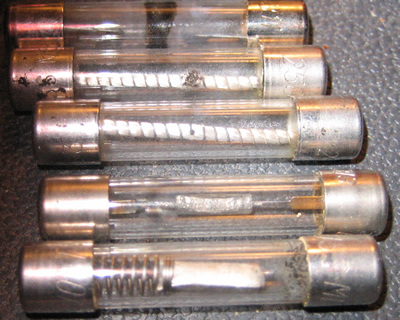With so many devices concurrently running on electricity and our daily lives so dependent on these devices, any disruption caused by electrical failures can almost invariably bring our daily grind to a grinding halt. The most common reasons for electricity failure is overload, unmatched loads and sudden spikes in voltage. These can also cause major damage to our appliances. This is where a fuse comes in. It works as a circuit breaker and if it senses any fault in the flow of current, it will just shut down the electricity passage completely and protect our devices and us from any damage or injuries.
Fuses come in various types and serve more or less the same purpose. One of the more reliable and stable to use are the expulsion type fuse, although it may be argued that a current limiting fuse will enhance power quality.
Some differences between expulsion fuse and current limiting fuse
-
Upstream or downstream flow, the expulsion fuse is generally easier to coordinate with.
-
Current limiting provides protection against principal internal malfunction. The expulsion fuse secures against excessive load and resulting faults.
-
Expulsion fuse results in lower maintenance cost.
There are many more differences between the two and you should make the final choice only after careful consideration of all the factors as both employ different mechanisms and serve different purposes.
What is an expulsion fuse and its key features?
An expulsion type fuse is a vented fuse in which the discharge effect of the gases produced by internal arcing, either alone or assisted by other mechanisms, results in power disruption. This only aids in limiting the duration of a fault and not the magnitude. Some key features of this type of fuse are:
-
It can be used indoor and outdoor, so has versatility in use.
-
It provides protection for the entire circuit and appliances that operate on that circuit
-
The fuse is available in two types, refillable and reusable
-
The fuse provesto be economical over time as both, the installation and maintenance costs are low
-
It protects transformers, and hence, it is useful in places where transformers are not easily reachable and signals of fusing are an advantage.
-
The expulsion fuse is easy to install and less time consuming.
This type of high voltage fuse uses a plastic tube, which is reinforced with glass or fibre tubes. The tubes have one open end so that the fuse element can be easily replaced. The glass tubes also are advantageous as they are transparent and can be inspected easily.
Working with electrical fuses and circuits is highly risky and requires a certain degree of knowledge and experience. Hence, it is not advisable for a novice to tinker around without expert supervision. It is more prudent to hire or engage a professional to setup or carry out any repair or maintenance work at home or your work place. Incorrect installation can lead to disastrous results for your appliances and also lead to shocks, burns and other bodily injuries.

